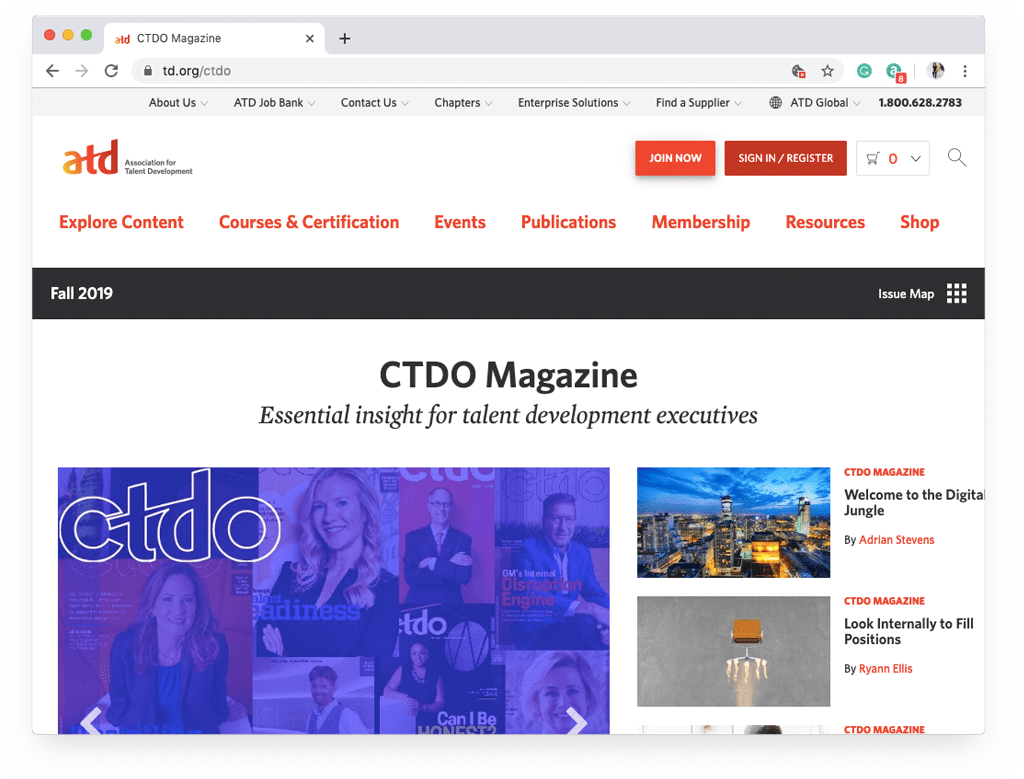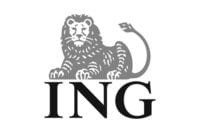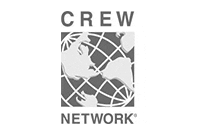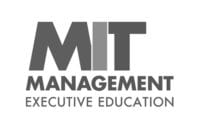Don’t assume your employees know how to process failure on their own.
Resilience and adaptability are critical skills for leading change
A Japanese proverb says, “Fall down seven times, stand up eight.” But resilience is a learned art. As a senior leader, you have the power to help aspiring leaders get there.
One task of talent development leaders is to find ways to build resilience and recovery skills in your rising stars and seasoned executives. This is an enormous effort and one that is critical for sustaining the barrage of competition and market volatility that many companies face. The last thing we need is for our executives to lose the battle within themselves and be unable to bring their best selves (that is, the most present, grounded, adaptable, and open version of themselves) to the arduous undertaking of leading others.
Building resilience starts with a self-examination process. After any epic failure, you must understand the part you played in the drama and what was beyond your control. Next, you must reconnect with what is most important to you and your intrinsic value. You must remind yourself of the authentic contributions that you have made and the appreciation you have received from these efforts. Finally, you need to make the choice to expand and share your story. As speaker and author Brené Brown says, “If we can share our story with someone who responds with empathy and understanding, shame can’t survive.”
The fall
In 2000, I began working as an account manager for a small training firm in Boston, Massachusetts. Two years in, I had built a solid reputation as someone who was dependable, agile, and could perform under pressure.
Over the course of my work, the company partnered with a consulting firm. The results we produced together turned out quite successful, so the firm reached out to us again on a new project: to make a stellar pitch together to land a new, large client. The plan was for one principal at our company and a consultant from the partnering company to lead the scheduled pitch.
All seemed well until we discovered that none of our principals would be able to attend the meeting in person. That meant I would be leading the pitch, instead of a more experienced superior.
Although I’d been working for the company for a couple of years and had developed a solid reputation, I hadn’t yet gained the experience or strategic mindset required to lead pitches such as this. Immediately, I voiced concern that I didn’t feel ready to lead the meeting on my own. The others dismissed my comment, reassuring me that I would do fine. I expressed my concern a second time, and we reached a thin compromise that a principal would call into the meeting. The third time I spoke up, I knew the senior leaders wouldn’t budge further. The decision was final.
I arrived at the client site early and met with the partnering consultant. I explained the backstory, reiterated my concern, and asked him to back me up if things started to go south. He waved my concern away.
The first two parts of the meeting went well. I kicked off the conversation, gave background on our organization, and outlined our approach. As promised, a principal from my company phoned in for the second portion of the meeting. The two of us did well together. But after she hung up, everything went downhill.
The prospect asked me to bring our methodology to life. Being early in my tenure, I went into facilitation mode rather than sticking to the big-picture strategy. To say that the next 15 minutes were awkward would be an understatement.
Before joining the training company, I worked as a performing artist. I knew how to read an audience, and as a performer, I had the skills to bring the audience back if a particular aspect of the show wasn’t resonating.
This was different. No matter what I did during this meeting, I couldn’t bring the conversation back on track. The partnering consultant, rather than jumping in to help or throw me a line, seemed to curl into himself, as though he couldn’t distance himself enough. “We all have bad days,” one of the client’s senior executives said to me after the meeting. It was a kind gesture but did nothing to soothe the bruising.
Getting back up
That night, I replayed the meeting in my head, and my thoughts spiraled in all kinds of anxious directions. Would I be fired? Would I lose my best accounts? How could I face my colleagues again?
Thankfully, my years of performing had taught me to catch myself at these moments and get centered. I knew I had done everything in my power to create the conditions for success. I suppose I could have outright refused to lead the meeting, but that wasn’t my style or a real option.
I went deeper and reconnected with my sense of purpose, which was to help others develop their own self-confidence and mindset for learning. I’d been a part of a lot of great work during the past couple of years. I was living my purpose, and one way or another I would continue to do so.
Life went on. The next day, I spoke to the principal who had called into the meeting. She was empathetic and assured me that things would be OK. The CEO, meanwhile, kept his distance and focused on mending fences. My firm eventually won the work—just not with me as the lead.
I resolved to not allow my failure to define me or my work. I redoubled my efforts in the next two months and won the largest project in our firm’s history.
I learned valuable lessons during this time about perspective, resilience, and growth, and these led me to achieving a true moment of pride and accomplishment. I continued working for the company for another 10 years as the top sales executive. In my exit interview with the CEO, the topic of my infamous meeting came up. “I never thought you would recover from that one,” the CEO commented. He didn’t see anything wrong with his hands-off approach.
I was lucky. I already had the tools to bounce back on my own. However, it would have made a huge difference if the CEO had reached out during that stressful time.
Teaching resilience
Resilience is a learned art. As a senior leader, you have the power to help aspiring leaders get there. Here are some guidelines to get you started.
Dig into the stories within your organization and teams. Listen to the concerns being voiced among and across your teams. Identify trends and themes. Provide support and learning that will meet your team’s needs and your outcomes.
Provide opportunities for leaders to share their stories of success and failure. Transparency and vulnerability are essential to creating a safe environment that encourages innovative thinking. Let your employees ask provocative and difficult questions without fear of retaliation.
Upskill your HR business partners. Know that there is drama being acted out daily within your teams. Equip your HR business partners with the skills to diagnose and attend to the needs of the teams and individuals they support.
Upskill your people leaders. Do not assume that all your managers have the skills and capabilities for developing their people. Help them build and sustain high-performing teams, build coaching skills, and create stretch assignments that will encourage growth and support failure in a safe manner. Further, help your managers build skills of empathy and connection to ensure that they do not lose their top talent to attrition or worse.
Resilience and adaptability are critical skills for leading change. Don’t assume that your top talent stars have the expertise and experience to process failure by themselves. Resilience training is a worthy addition to your talent development and learning initiatives. It is an art that serves us throughout our entire professional and personal lives.


























